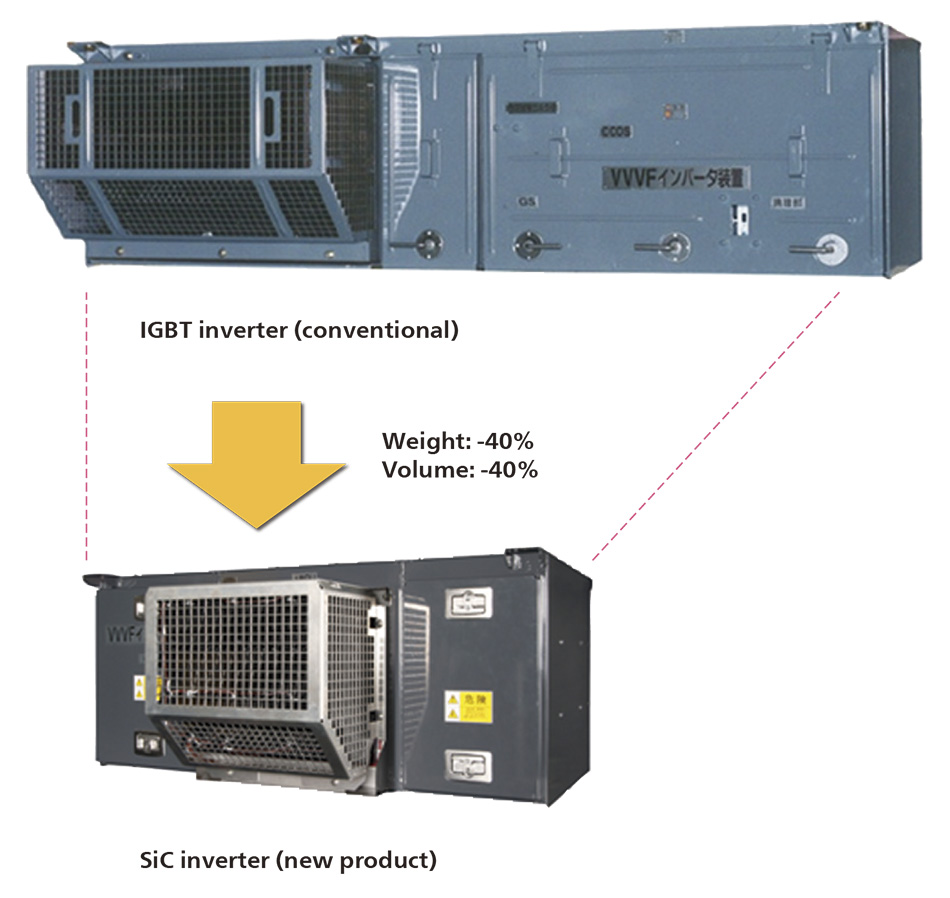1. Class 385 for the International Market
In March 2015, the Hitachi Group won a contract for the provision of 234 Class 385 railcars (46 train sets of three cars each and 24 train sets of four cars each, for a total of 70 train sets), including 10 years of maintenance, from railway operator Abellio. The contract is being financed by UK-based Caledonian Rail Leasing Limited.
The Class 385 was originally developed as the AT-200 commuter train platform, which is part of the global A-train series of rolling stock. The Class 385 will operate on all services in Scotland run by Abellio under a franchise deal, including lines under the Edinburgh Glasgow Improvement Programme (EGIP).
By further expanding the global A-train semi-made to order series of rolling stock and providing rolling stock that meets the needs of railway operators while maintaining competitive lead times, the Hitachi Group plans to expand sales of the new Class 385s and other rolling stock not only in the UK market but also in the EU and emerging markets.








